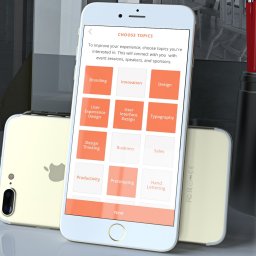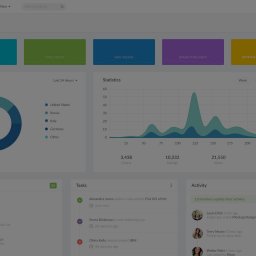Agile development projects surface unique team challenges. When faced with the value of outsourcing, some challenges can seem more pronounced. At IQVIS, we put this in perspective to improve the opportunity for leveraging a set of best-practices and ensure challenges are proactively transformed into long-term capabilities.
Reducing scope-creep
When detailed requirements and documentation are minimal at the outset, clients often consider a service provider to bid for a project only on a time and materials basis. However, a responsive firm will ultimately produce detailed requirements and specs to serve as a strong foundation when pivoting to new conditions as the project velocity increases.
By maintaining clarity on procedures and documentation through project iteration, the initiative remains agile and on-track. It ensures smoother process and reduces complaints rate on both sides.
Organizing via feature and requirement
As face-time is not always possible, a good practice for engaging work schedules is to organize along requirement areas or feature sets. By owning standalone requirement areas or specific feature sets, communication problems are minimized since the accountable team is located in close physical and functional proximity.
Improving change-order effectiveness
Specifying everything up front defeats the whole purpose of Agile methods. But of course, change orders are still to be expected between iteration cycles. These provide a fair way for clients and service providers to place limits on changes and prioritize upcoming scope items against change assessments.
With this approach, changes are easily incorporated into the natural process of planning per iteration, using team resources much more effectively.
Dynamic QA
Traditional waterfall methods position quality assurance as a final project phase, commencing after coding and development. This is often true if QA alone is outsourced. But when employing an Agile product development team, QA becomes a functional capacity, one that’s engaged from project inception.
Agile methods necessitate higher test quality output due to proactive tracking and resolution earlier on instead of waiting through the development cycle. In practice, many clients are surprised at the dramatically increased number of defects exposed and resolved simply due to the quick test cycles that burst through the process.
Ongoing Communication
Even if you’ve got Agile covered when you outsource your product development tasks you should expect certain issues to surface proactively with a capable service provider.
At IQVIS, we take pride in delighting our clients with proactive project management and engaging along a hybrid-agile model especially appropriate during initial stages for increasing the foundation for long-term success.
We’d love to learn about your project needs – let us now how we can help!















